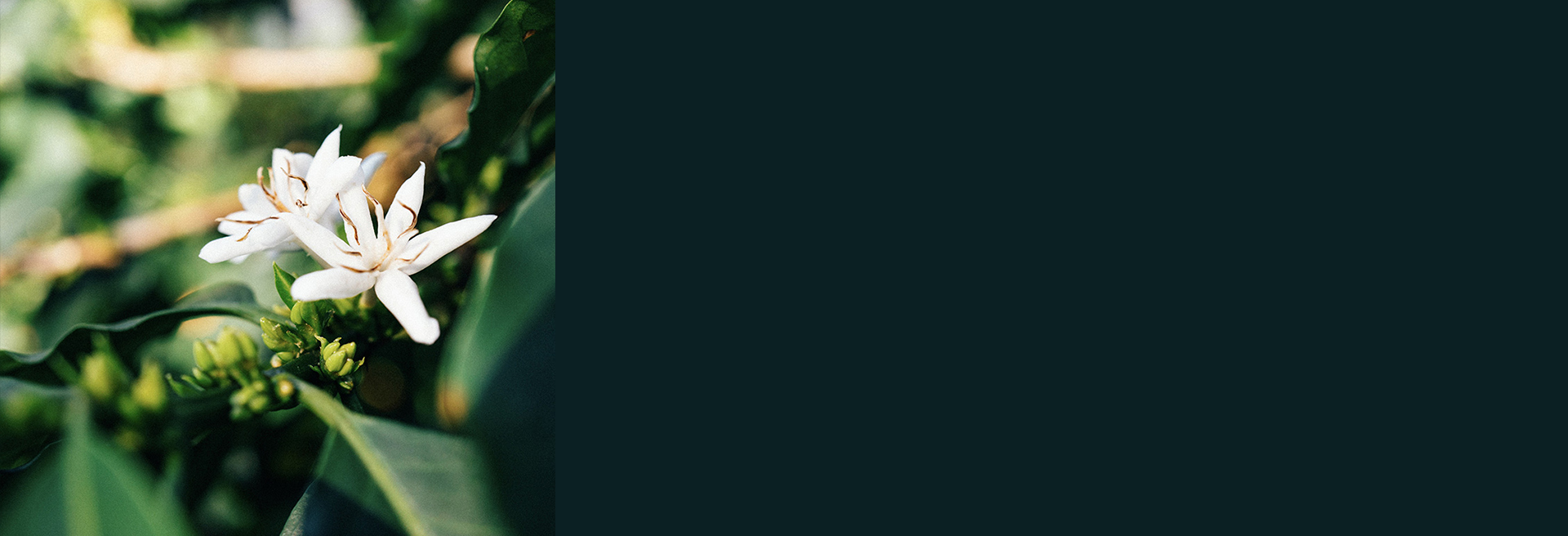Brazil
Alto da Serra, Topazio Microlot - Brazil
250g
QUALITY SCORE: 88.25
Cup Notes
Blackcurrant, fig, honey, vanilla, dark chocolate
Suggested for espresso and filter
when we roast
We freshly roast to order all coffees on Monday, Wednesday and Friday (excluding national holidays), and ship the same day! Cut-off time is 11:59pm (UTC+1) of the day before the roast day. *We only ship whole beans*
Details
- Quality Score
- 88.25
- Producer
- Hudson Vilela
- Country
- Brazil
- Terroir
- Ilicinea
- Altitude
- 1260 mt
- Process
- Classic Natural
- Arabica cultivar
- Topazio
- Picked in
- August 2018
- Arrived in
- February 2019
- Shipped in
- Jute + GrainPro
- Roast profile by
- Rubens Gardelli
- Roasted on
- Customised solid-drum roaster
THE STORY BEHIND
Alto Da Serra sits at the top of the Illicnea cliffs and has beautiful views across the southern tips of the Cerrado. Hudson Vilela has always worked on coffee farms and had always strived to one day own his own. He was lucky enough to acquire Alto Da Serra in and has since gone about making renovations and changes to the farm. Due to the position of the farm at the top of the cliffs the farm is subject to high winds, so Hudson has planted numerous wind breaker trees to help protect the crop. During the harvest which is later in August due to the altitude the farm employs 8 pickers who help with the selective picking to get the ripest cherry. One of the major changes was the implementation of static boxes for drying the coffees allowing a more controlled and elongated fermentation and drying process. The coffee is picked and then placed in the boxes initially for 2 days with no air movement to act as a pre-fermentation. The coffee is then blown with cold air which comes from grating at the base of the box, this lasts 3- 4 days which helps to break the fermentation process and let the coffee rest. Then the coffee is switched to warm air for 3 days until the coffee reaches 15% moisture. From here the hot & cold air is alternated every 12 hours until the coffee reaches the desired 11%. Here it is then left to rest before being delivered to the mill. The drying fans for the boxes are powered by the parchment collected from milling the coffees.
In 2018 Alto Da Serra finished 8th in the Cup of Excellence in the natural coffee category which is a recognition of the work Hudson and his family have undertaken in the last number of years
THE VARIETY
Topázio (also Topacio) was developed at the Agronomic Institute of Campinas (IAC) in Brazil during the 1960s and 1970s.
Originally obtained from the cross of Mundo Novo and Red Catuaí and then backcrossed again with Catuaí, it is perhaps no surprise that Topázio MG 1190 bears some similarities to Catuaí both morphologically and in the cup. The cultivar is relatively short in stature, like Catuaí and displays excellent reproductive capacity without exhibiting exhaustion after elevated production.
Topázio fruits are yellow, and the cherry maturing process is halfway between Catuaí and Mundo Novo both in time and uniformity.
THE FERMENTATION PROCESS
Dry process seems simple: pick the fruit, lay it out in the sun until it turns from red to brown to near-back, and then hull off off the thick, dried outer layer in one step to reveal the green bean. It is a method suited to arid regions, where the sun and heat can dry the seed inside the intact fruit skin.
It's often referred to as "natural coffee" because of its simplicity, and because the fruit remains intact and undisturbed, a bit like drying grapes into raisins. Since it requires minimal investment, the dry process method is a default to create cheap commodity-grade coffee in areas that have the right climate capable of drying the fruit and seed.
But it’s a fail in humid or wet regions. If the drying isn't progressing fast enough, the fruit degrades, rots or molds.
Dry-processed coffees can also be wildly inconsistent. If you want a cleanly-fruited, sweet, intense cup, dry process (DP) takes more hand labor than the wet process. Even the most careful pickers will take green unripe or semi-ripe coffee off the branch as they pick red, ripe cherry. If these are not removed in the first days of drying, the green turns to brown that is hard to distinguish from the ripe fruit.



